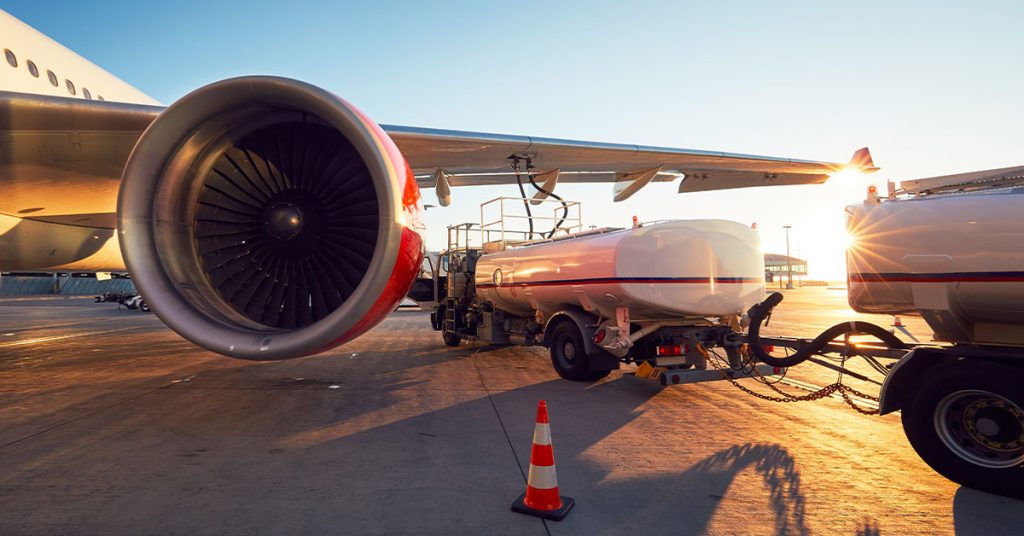In the past year, airfares surged by 10% despite a significant drop in jet fuel costs. This unexpected trend has drawn attention to the factors driving airfare pricing.
Airlines experienced increased demand and traffic, which, according to Eurocontrol, is a primary reason for this price hike. However, emissions have also risen, indicating a complex interplay of factors.
Jet fuel prices in 2023 were, on average, 20% lower than those in 2022, yet ticket prices increased by 10% in real terms. This is above the rate of inflation and has puzzled both consumers and industry experts who would typically expect airfares to reflect reductions in fuel costs. The data implies other forces at play, notably the demand-side pressures.
Globally, the airline industry faced a rebound in travel, yet emissions from flights increased by 12%. While air traffic rose, it still fell short of pre-pandemic levels. The industry’s efforts to manage demand spikes and optimise pricing thus played a crucial role in maintaining profitability.
This inefficiency not only heightened operational costs but also contributed to the increase in emissions. Such challenges highlight the need for improved efficiency measures within airline operations to curb unnecessary fuel consumption and associated emissions.
In contrast, low-cost carriers captured a 33% market share, with their operations nearly matching pre-pandemic levels. The stark disparity in market performance reflects varying strategies among airlines amid shifting consumer preferences and regulatory pressures.
Eurocontrol’s report underscores the need for the airline industry to balance growth with sustainability initiatives effectively. Strategic investments in fuel-efficient technologies and operational enhancements are crucial to reduce carbon footprints while maintaining service demand.
Continued focus on efficient resource utilisation and investment in technology is necessary to sustain profitability amidst evolving industry pressures. Airlines are likely to explore new revenue streams and adjust their business models to adapt to future demands and environmental commitments.
The contradictory trends in airfare pricing and fuel costs underscore the multifaceted pressures facing the airline industry. As demand continues to grow, airlines must juggle profitability and sustainability, necessitating strategic innovations and enhanced operational efficiency.
In summary, while fuel costs dropped, increased demand and operational inefficiencies led to higher airfares.
The industry’s path forward requires balancing economic goals with sustainable practices to meet both consumer expectations and environmental responsibilities.

